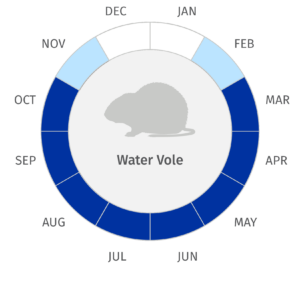Badger
Badger and Their Legal Protections
The Protection of Badgers Act 1992 makes it an offence to intentionally or recklessly damage, destroy, or obstruct a sett while it is in use. The Act does allow for working alongside badgers under a licence where impacts cannot be avoided.
Badger Surveys and How ECOSA Can Help
Our surveys comprise a walkover search for evidence of badgers, such as setts, latrines, snuffle holes, tracks, and hairs. Where setts are found we will also determine the status and type of the sett. If evidence of badger is found, we may recommend monitoring and/or bait marking.
All of our badger surveys are carried out by experienced, Chartered Institute of Ecology and Environmental Management (CIEEM) registered ecologists.
Our experience of badger surveys and successful licence applications include a range of different development projects, such as residential, industrial, and infrastructure.

If a badger sett is found on site and it is not possible to avoid the sett, a mitigation licence can be sought from Natural England. We offer bespoke mitigation solutions, including the closure of setts, the creation of temporary exclusion zones, and the creation of artificial setts.
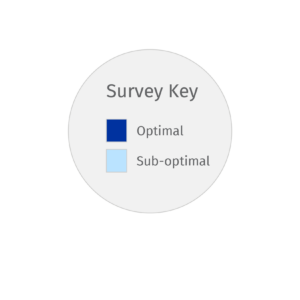

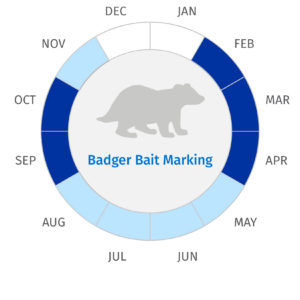
Bats
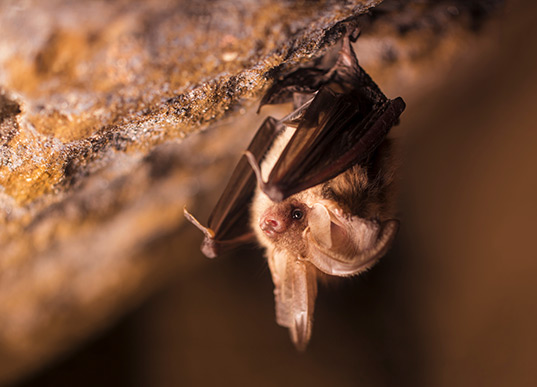
There are 17 species of bats in the UK, all of which are protected under Regulation 43 of the Conservation of Habitats and Species Regulations 2017 (as amended) and under Section 9 of the Wildlife and Countryside Act 1981 (as amended). This means that all bats are protected from capture, injury, killing, and disturbance, either intentionally or recklessly. In addition, breeding sites and resting places are fully protected by law. Activities which may affect bats include:
- renovating, converting, or demolishing a building;
- felling or removing branches from a tree;
- repairing or replacing a roof;
- repointing brickwork;
- insulating or converting a loft;
- installing lighting in a roost, or outside if it lights up the entrance to the roost;
- altering foraging and commuting habitats like hedgerows, watercourses, or woodland;
- using insecticides; and
- treating timber.
Should a bat roost be affected by development proposals, a European Protected Species Mitigation (EPSM) licence will be required from Natural England before the development can proceed.
Bat Surveys and How ECOSA Can Help
Our ecologists are highly familiar with planning policy with respect to bats and have decades-worth of experience in conducting bat surveys to inform planning applications.
Our methodology follows current best practice, including that outlined by the Bat Conservation Trust. The survey process is split between determining whether there are roosts present and determining how bats are using the site for foraging and commuting.
For determining the presence of roosts, typically the first survey will be for one of our ecologists to visit the site to conduct a preliminary roost assessment and/or ground level tree assessment. If the findings of these surveys determine the need for further surveys, then emergence/re-entry surveys with the use of night vision aids and/or climb and inspect surveys will be conducted.
For determining the use of the site by foraging and commuting bats, in the first instance the site is assessed for its suitability to support these bat species. If the site has suitability to support foraging and commuting bats, then further surveys are conducted in the form of activity surveys. We provide all bat survey and assessment services and reporting to support planning applications or conservation projects, from initial Preliminary Ecological Appraisal to assess the suitability of your site to support roosting bats, to more detailed bat surveys, including tree climb and inspect surveys.

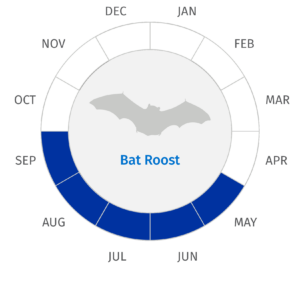
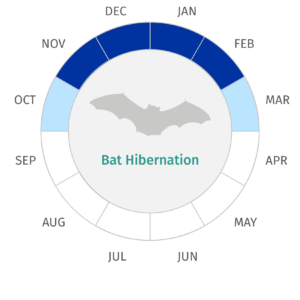
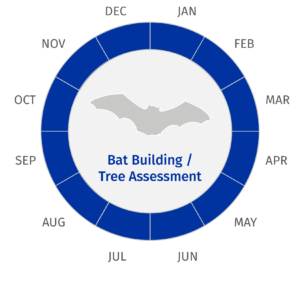

Birds
All wild bird species in the UK and their nests and eggs are protected under Part 1 Section 1 of the Wildlife and Countryside Act 1981 (as amended). Individuals are protected from killing and injury, and their eggs and nests are protected from being yaken, damaged, or destroyed. Nests are protected whilst being built as well as when in use. In addition, some rare species and those which are particularly vulnerable to disturbance are afforded greater protection under Schedule 1 of the Wildlife and Countryside Act 1981 (as amended). As well as Part 1 Section 1 protections, Schedule 1 birds are protected when in or near a nest containing eggs or young, and their dependent young are protected from all disturbance.
Activities which may impact wild birds, particularly during the breeding season, include (but are not limited to):
- Trimming or cutting trees, bushes, hedges, and rough vegetation;
- Renovating, converting or demolishing a building;
- Creating disturbance, e.g. noise, lighting, and vibration; and
- Taking actions to prevent problems, e.g. shooting birds or removing nests.
Licences are available for disturbing or harming birds for a very limited number of reasons.

Bird Surveys and How ECOSA Can Help
The ECOSA team are experts in legislation, mitigation and survey methods for birds, including Schedule 1 species. We have a wealth of experience conducting bird surveys to inform development proposals. Our methodology follows current best practice, including those outlined by the Bird Survey Guidelines for assessing ecological impacts.
The survey process is divided into breeding and non-breeding surveys, with bespoke surveys for Schedule 1 species and certain habitat types. To determine the suitability and use of a site by breeding and non-breeding birds, our ecologists will first conduct a Preliminary Ecological Assessment of the site. This will inform the need to conduct breeding and/or non-breeding bird surveys. Breeding bird surveys are conducted in the breeding season shortly after sunrise, and non-breeding surveys are conducted outside of the breeding season during daylight hours. Both survey types involve walking a transect through the site, recording all of the birds seen or heard and their behaviours.
We provide all bird survey and assessment services and reporting to support planning applications or conservation projects, from initial Preliminary Ecological Appraisal to assessing the suitability of your site to support birds, to detailed bird surveys, including bespoke methods.

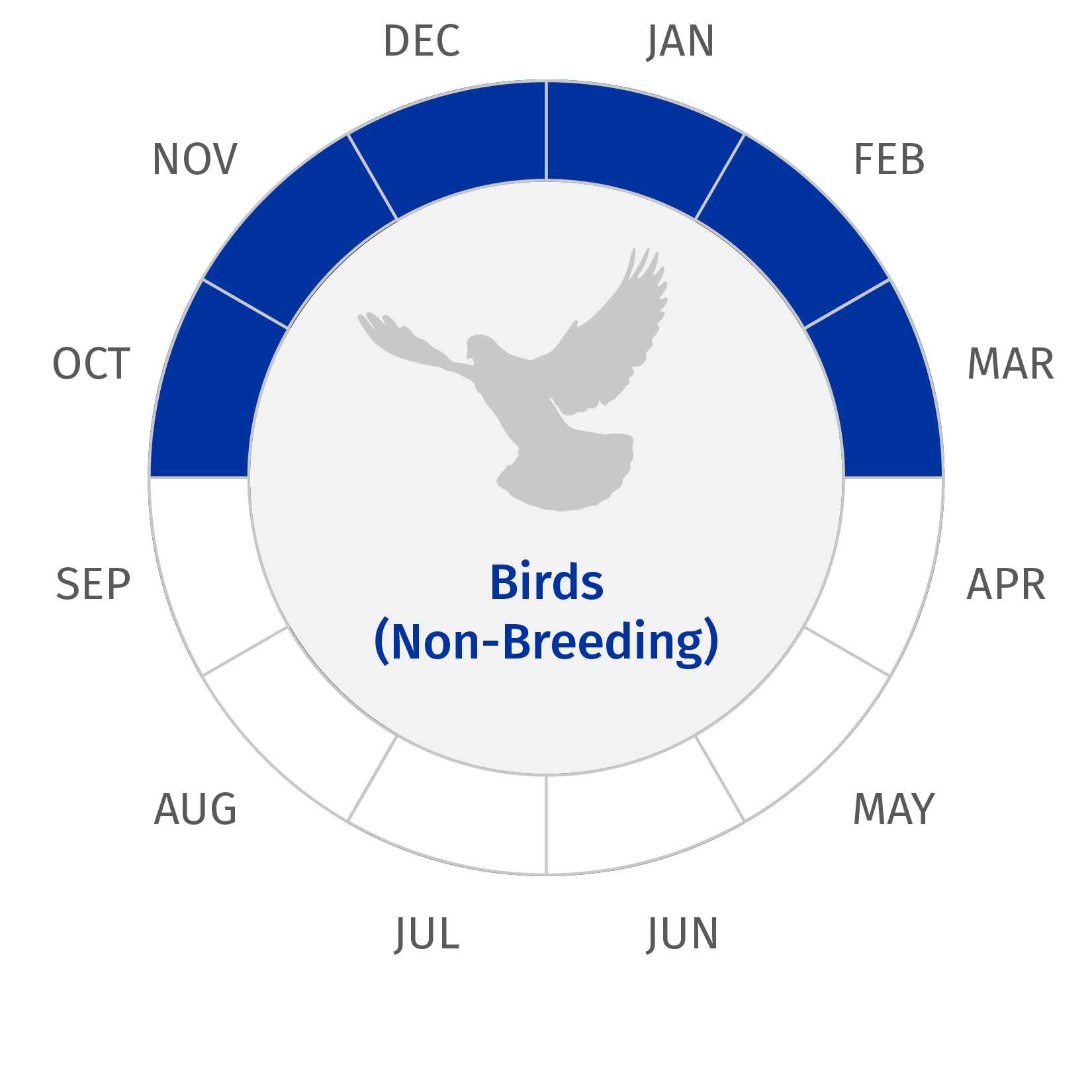
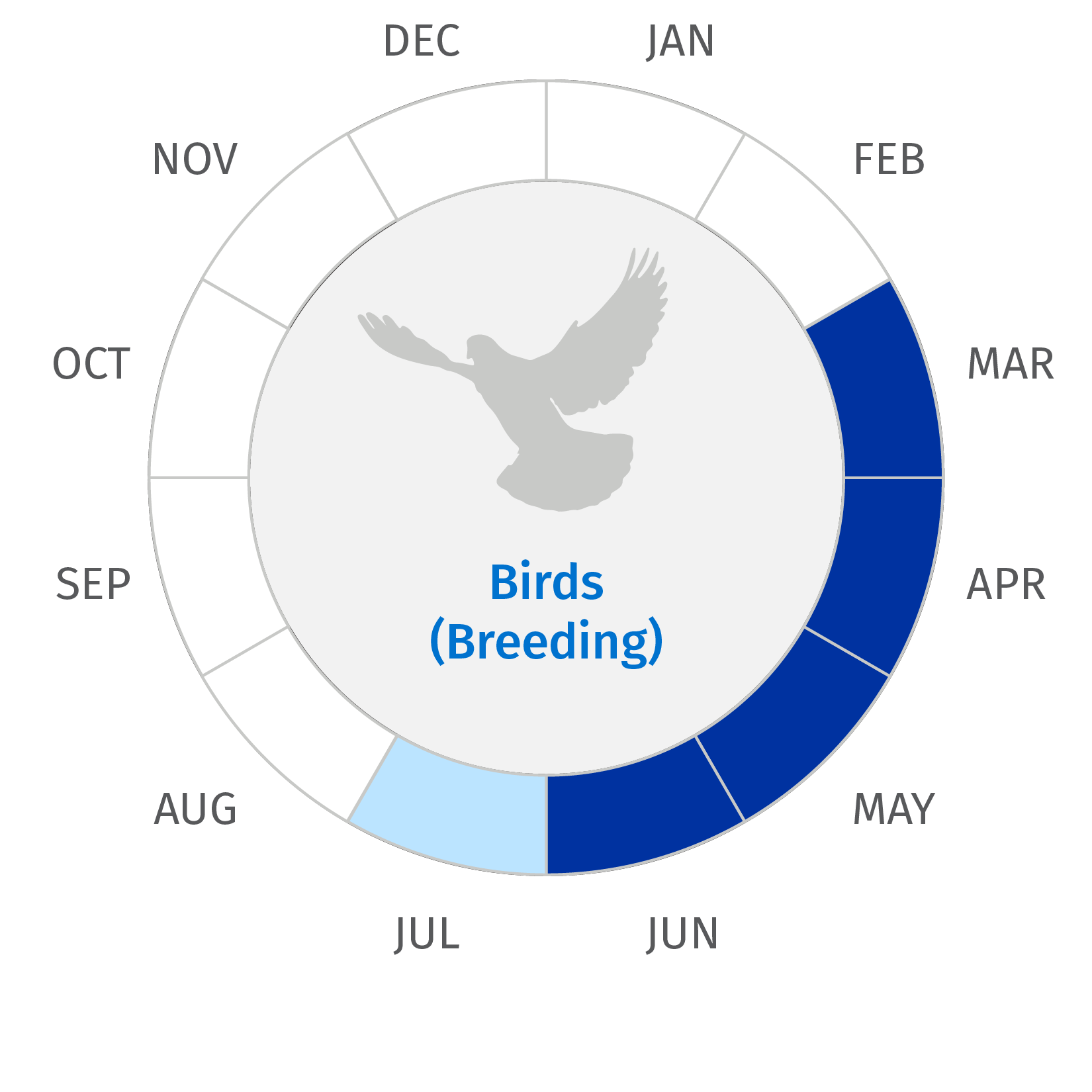
Great Crested Newt

Great Crested Newt and Their Legal Protection
Great crested newt are protected under the Wildlife and Countryside Act 1981. They also have additional protection as a European Protected Species. This makes it illegal to capture, kill or disturb a great crested newt. Their eggs, breeding sites, and resting places are also protected from damage or destruction.
Activities that can affect great crested newt include (but are not limited to):
- Damage or destruction of ponds and waterbodies;
- Ploughing close to waterbodies;
- Ground disturbance such as excavations and renovations;
- Vegetation clearance to facilitate development; and
- Habitat maintenance and restoration.
Great Crested Newt Surveys and How ECOSA Can Help
In the first instance, a field survey and a desktop study are conducted to establish if there is suitable habitat to support great crested newt on site and if there are any ponds within 500 metres of the site.
Should there be ponds within 500 metres of the site, we recommend deciding whether the traditional Natural England route or the District Level Licence route is more suitable for the project.
If the traditional Natural England route is chosen then the first step is normally to conduct an environmental DNA (eDNA) testing of water samples during breeding season (mid-April to June). If water samples provide positive results, further surveys may be required. However, if eDNA testing produces a negative result, further surveys can be avoided.
Should the eDNA come back positive then 6 surveys will be undertaken using at least three different survey methodologies such as egg searching, bottle trapping, torching and netting to establish the population size. Surveys will be carried out between mid-March and mid-June.
ECOSA has a number of ecologists who are licenced great crested newt surveyors and are registered with the Charted Institute of Ecology and Environment Management (CIEEM). This brings with it a wealth of experience in how to mitigate for impacts on great crested newts and ensure the best survey methodology is being chosen for the project.
If the District Level Licence route is more suitable then ECOSA are experienced in applying for and securing this type of licence for a project. We are also experienced at ensuring that all the conditions of this licence can be followed through the development process.

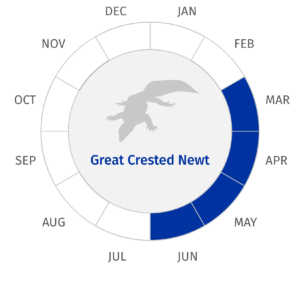

Hazel Dormouse
Hazel Dormouse and Their Legal Protection
In the UK over the last 100 years, hazel or common dormouse numbers and distribution across Britain have seen significant declines, primarily as a result of habitat loss. Dormice are fully protected under UK and European legislation making it illegal to, intentionally or by not taking enough care:
- kill, injure, capture or disturb dormice;
- damage, or destroy dormouse breeding sites or resting places; or
- obstruct access to their resting or sheltering places.
Activities that may affect hazel dormice include handling, disturbance including noise and light, woodland and hedgerow management or removal. In most cases, harm to individual dormice their habitat or access to their habitat can be avoided beginning with appropriate surveys to establish the population present and applying for a mitigation licence. Mitigation works include habitat creation and enhancement and habitat management to persuade animals to disperse to a suitable alternative site away from the development area.
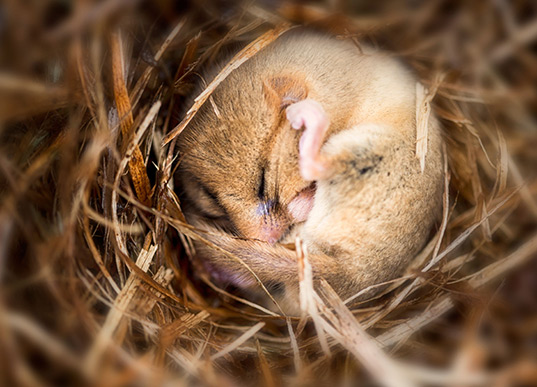
Hazel Dormouse Surveys and How ECOSA Can Help
Survey methods include nesting box and tube surveys with monthly visits by a licensed ecologist carried out through the summer months and nut search surveys in the autumn. The number and spatial distribution of tubes or boxes—and the survey duration—must be sufficient to achieve the required ‘survey effort score’ as set out in Natural England’s current standards to ensure the results are valid and robust. Once dormice are detected, their presence should be assumed throughout all connected suitable habitat on site.
ECOSA have extensive experience in surveying for hazel dormouse to identify key breeding, foraging and commuting habitat. Using our survey data to devise appropriate mitigation strategies, we have successfully attained many Natural England licences for development works affecting hazel dormouse and their habitat. For large schemes, the hazel dormouse population may need to be monitored using nesting boxes as part of mitigation.

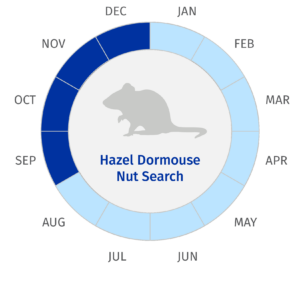
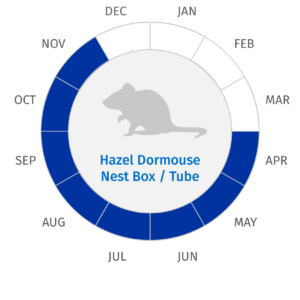
Invertebrates
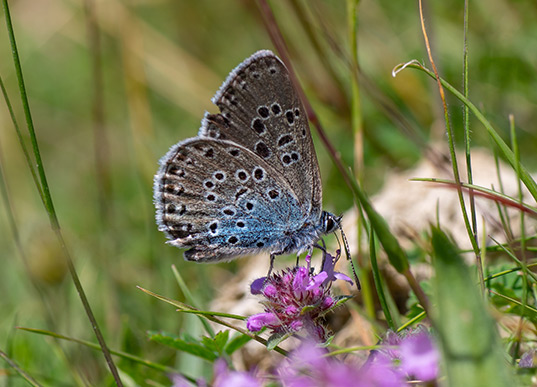
Invertebrates and Their Legal Protection
About 400 invertebrates are listed as protected or priority species under EU or UK law. Large blue butterfly, white claw cray fish, Fisher’s estuarine moth and little ramshorn whirlpool snails have the highest level of protection as European protected species. It is therefore an offence if:
- you capture, kill, disturb or injure, on purpose or by not taking enough care, any of these species; or
- damage, destroy or obstruct access to their breeding, resting or sheltering places.
Priority habitats for protected and priority invertebrate species include semi-natural vegetation, wetland, coastal areas, open mosaics and previously developed brownfield land. Invertebrate surveys are also generally required where a full assessment of the ecological value of a site is required, for example, during Ecological Impact Assessments (EcIA), or where an inventory of species is required to inform management works, for example, on a designated site or nature reserve.
Invertebrate Surveys and How ECOSA Can Help
ECOSA uses a number of specific techniques to survey for terrestrial and aquatic invertebrates the results of which are used to identify scarce species and key habitat areas. Survey work includes the use of pitfall traps, sweep netting, light traps and grubbing. In order to cover all the activity periods for all the species, survey work ideally needs to extend from April until September. However, basic assessments of the potential of the on-site habitat to support important communities of invertebrates can be carried out throughout the year.
Our project experience includes creation of species inventories for statutory and non-statutory designated sites, and numerous surveys for proposed development sites including roads and housing developments.


Otter
Otter and Their Legal Protection
The European otter is the only native UK otter species and their habitats are fully protected under UK and European legislation making it an offence, deliberately or recklessly, to:
- capture, kill, disturb or injure otters;
- damage or destroy a breeding or resting place; or
- obstruct access to their resting or sheltering places.
Otters are found in the vicinity of rivers, streams, lakes, sea and marshland. Development plans that will affect such water bodies directly or with a change to noise and light levels will need to consider potential impacts to otters.
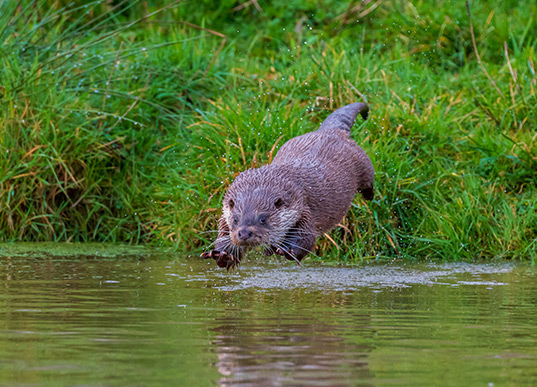
Otter Surveys and How ECOSA Can Help
An initial site assessment would be followed up by surveys appropriate to the site and the nature of the evidence found. Evidence of otters includes dung (spraints), tracks, feeding remains, otter slides (into water), holts (underground dens) and couches (above ground resting sites). The follow up survey methods often include the installation of camera traps near evidence found on the initial survey to establish how often otter are using the site and how they are using the site, for example are they foraging, breeding or commuting.
Using our survey data to devise appropriate mitigation strategies, we have successfully obtained Natural England EPSM licences for development works affecting this species and its resting places. Mitigation works range from the establishment of temporary exclusion zones to the construction of artificial otter holts.
ECOSA have extensive experience in surveying for otter, including the identification of field signs associated with this species and the use of remote-sensing equipment to confirm presence, and to identify key foraging and commuting habitat.

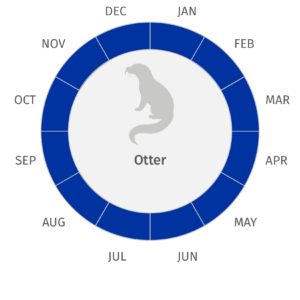
Reptiles
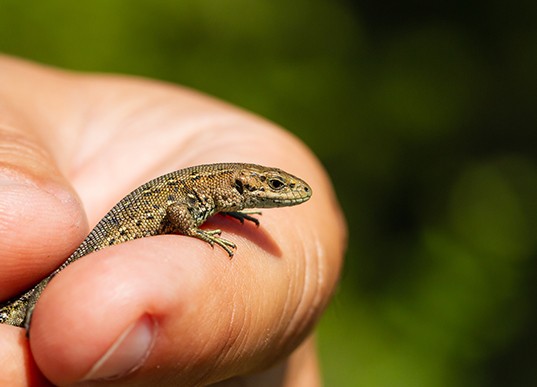
Reptiles and Their Legal Protection
Reptile populations in the UK have suffered significant declines due to the loss of suitable habitat from increasing development and agricultural pressures. Activities that are likely to affect reptiles include any that remove or alter areas of suitable habitat, or activities with the potential to alter the water levels of the site or surrounding area.
The four more widespread species, comprising slow-worm, common lizard, adder, and grass snake are protected under the Wildlife and Countryside Act 1981 (as amended), making it an offence to:
- Intentionally kill or injure;
- Sell, or transport for sale, any live or dead animal, or any part of, or anything derived of, such an animal; and
- Advertising, publishing, or causing to be published any advertisement conveying the sale or purchase of the above.
The rare smooth snake and sand lizard are afforded further protection under the EU Conservation of Habitats and Species Regulations 2017, making it an offence to:
- Deliberately take or destroy eggs;
- Damage or destroy a breeding site or resting place; and
- Deliberately disturb such an animal, thereby impairing it’s ability to survive, breed, nurture young, hibernate or migrate, or distribute through its natural range.
The four more widespread species are encountered frequently on both greenfield and brownfield development sites, particularly brownfield habitats which have been left to re-colonise with vegetation. Populations of the two rare species have a limited range throughout the country, with populations of sand lizard occurring in the south of England, including Cornwall, Devon, Dorset, Hampshire, and Surrey, as well as the north of Wales, while the smooth snake is restricted to a handful of sites across the south of England only.
Reptile Surveys and How ECOSA Can Help
Reptile surveys are carried out with the utilisation of artificial refugia, which are installed to provide opportunities for basking. The surveys involve checking these artificial refugia for presence of individuals and/or evidence of presence of reptiles, for example, skin sheds.
ECOSA have extensive experience in surveying for reptiles to assess for presence, population status and to identify key areas of habitat. Using our survey data to devise appropriate mitigation strategies, we have successfully implemented mitigation works, which include carrying out numerous large-scale exclusion and translocation projects. Mitigation works include the creation, maintenance and management of reptile habitat. ECOSA are licensed to undertake smooth snake and sand lizard surveys.

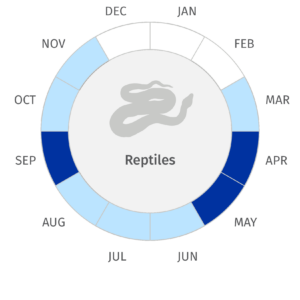
Water Vole
Water Vole and Their Legal Protection
The water vole is found throughout Britain although it is confined mainly to lowland areas near water. Since April 2008 water voles have received full protection under the Wildlife and Countryside Act 1981 (as amended), which makes it an offence to:
- intentionally capture, kill or injure water voles;
- damage, destroy or block access to their places of shelter or protection, on purpose or by lack of due care; or
- disturb them in a place of shelter or protection, on purpose or by lack of due care.
Water voles typically inhabit relatively deep slow-flowing watercourses with well-vegetated banks which offer good cover for their burrows and provide a foraging resource. Burrows can extend up to five metres into banks from the water’s edge. Therefore, even when direct impacts to watercourses are not proposed, impacts can result if development works occur in close proximity. Often minor development impacts such as the construction of drainage headwalls or the implementation of new stream side management can be overlooked, and surveys to establish the presence or absence of this species are therefore important.
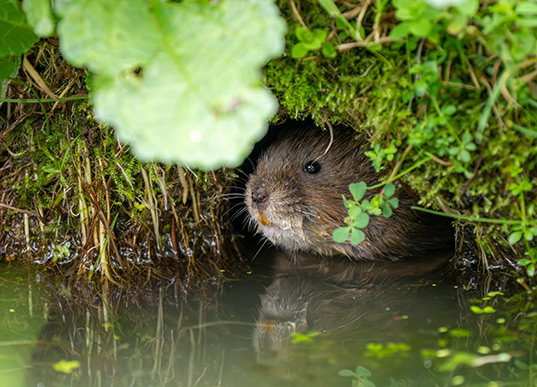
Any activities which may destroy or disturb water vole habitat, including places they use for shelter or protection, or which might affect water quality have the potential to harm water voles.
Water Vole Surveys and How ECOSA Can Help
ECOSA water vole surveys are aimed at establishing presence, population status and to identify key areas of habitat. Survey techniques involve the identification of field signs associated with this species, including faeces, latrines, feeding stations, burrows and runs or pathways, mainly through methodical surveys of the banks of water courses.

